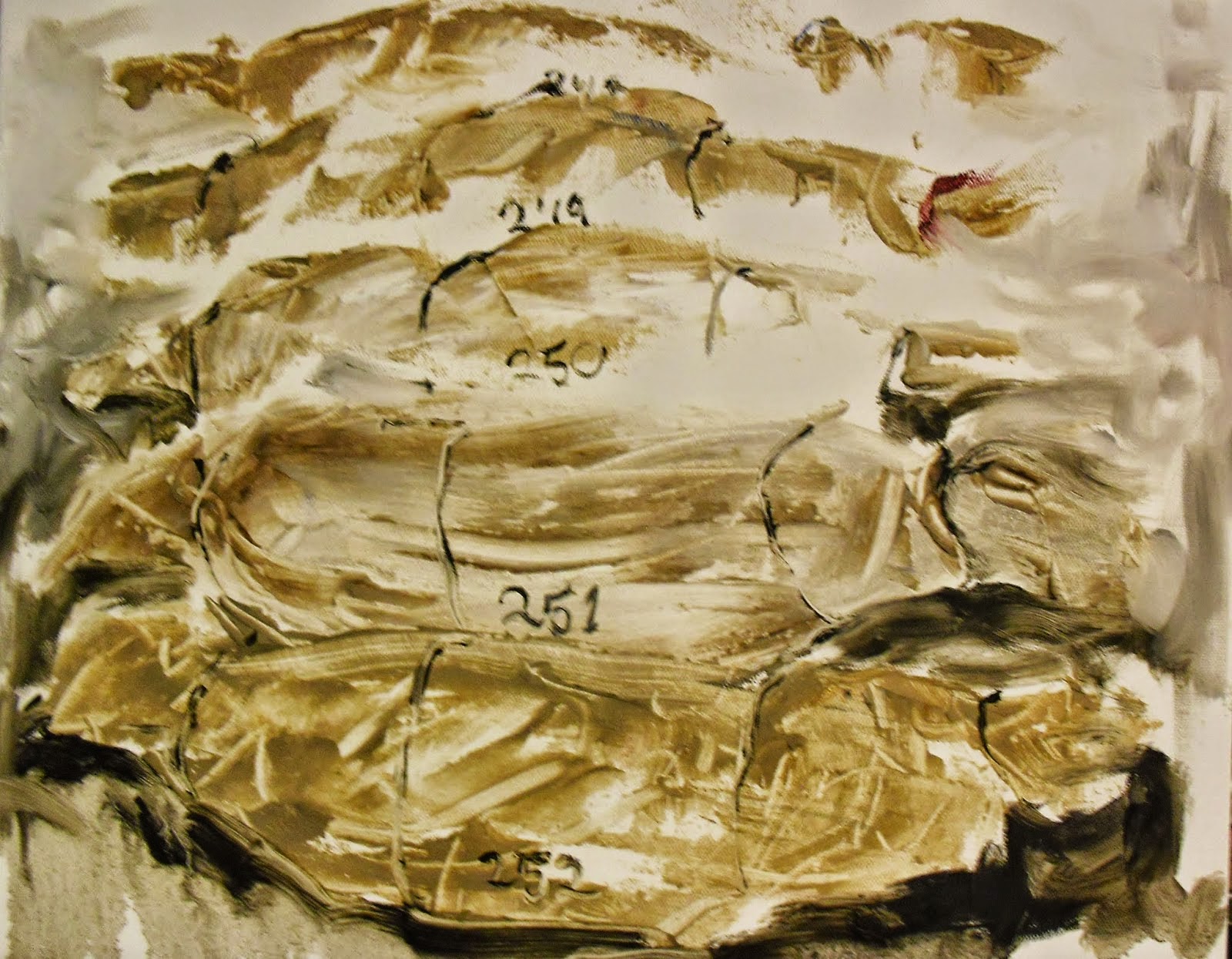Finding our way through the world is difficult, those with disabilities have even greater challenges navigating a world that is designed for those who are able-bodied. We all know that for peace to be sustainable it requires a paradigm shift in how we perceive each other: how we see and value difference. Sue Austen sees her art practice as a means of remaking one's identity and transforming preconceptions of disability by re-visioning the familiar. Rather than seeing the limitations and restrictive nature of a wheelchair, we are invited to discover through her eyes, the wheelchair as a vehicle of transformation.
Academics, researchers and practitioners in the field of arts and peace, understand that images rendered artistically can generate empathy, which in turn, makes action possible. Strategically using the arts can help to create social change by shifting preconceptions, prejudices and patterns.
Have a look. She is courageous and aims (successfully I would suggest) to create a paradigm shift in how we see disability and ability.









